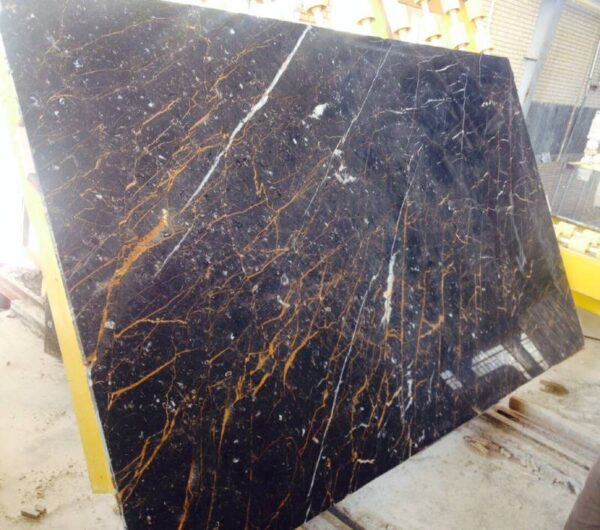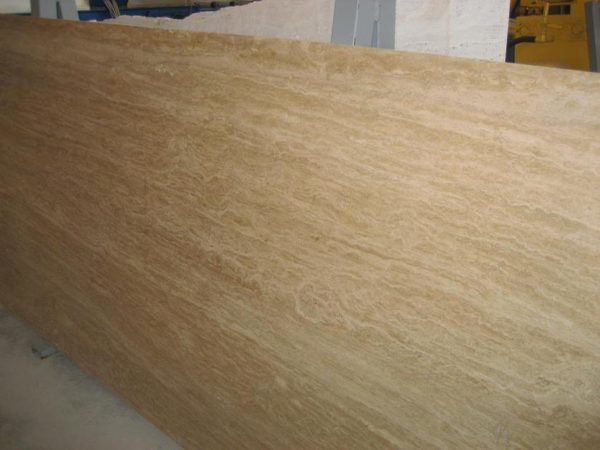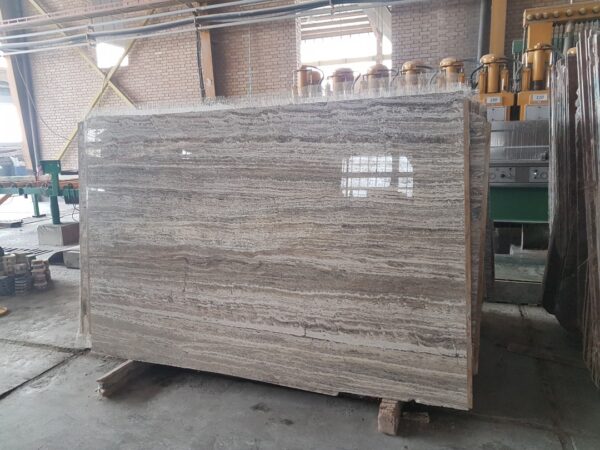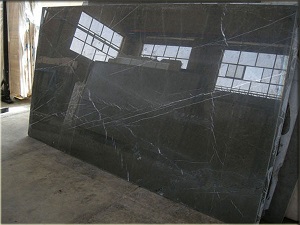Opportunities and Insights
Introduction to Marble Export to India
India is one of the largest markets for marble globally, renowned for its diverse range of high-quality marble varieties. With a growing construction industry and increasing demand for natural stones in residential and commercial projects, the marble export market to India presents significant opportunities for international exporters. This article explores the market dynamics, key considerations, and strategies for successfully exporting marble to India.



The Importance of Marble in India
1. Expanding Construction Sector
India’s construction sector is booming, fueled by rapid urbanization and infrastructure development. Key factors driving marble demand include:
- Residential Projects: With a growing middle class, there is an increasing demand for luxury homes featuring marble flooring, countertops, and decorative elements.
- Commercial Developments: From office spaces to shopping malls, marble is a preferred choice for its aesthetic appeal and durability.
2. Variety of Marble Types
India is known for its rich variety of marble, including:
- Makrana Marble: Famous for its white color and used in iconic structures like the Taj Mahal.
- Rajnagar Marble: Known for its unique patterns and shades, popular in luxury residential projects.
- Green Marble: Sourced primarily from Rajasthan, it adds a distinctive touch to interiors and exteriors.
These varieties cater to different segments of the market, from budget-friendly options to high-end luxury choices.
https://www.rockstone.biz/marble-export-to-turkey/
Key Considerations for Marble Export to India
1. Quality Standards and Regulations
Ensuring high quality is crucial for marble exporters looking to enter the Indian market. Consider the following:
- Quality Assurance: Marble should meet international quality standards in terms of durability, finish, and consistency.
- Certification Requirements: Familiarize yourself with any necessary certifications to comply with Indian regulations, which can enhance your product’s credibility.
2. Understanding the Market Dynamics
Conducting thorough market research is essential for successful exporting:
- Consumer Preferences: Identify the types of marble that are in demand in various regions, including popular colors and finishes.
- Pricing Trends: Monitor market prices to establish competitive yet profitable pricing strategies.
Strategies for Successful Marble Exporting to India
1. Building Strong Relationships
Establishing strong relationships with local distributors, builders, and architects is key to penetrating the Indian market:
- Networking: Attend trade shows and industry events in India to connect with potential partners and gain valuable insights into local market trends.
- Collaboration: Partner with local businesses to leverage their expertise and established networks, facilitating smoother market entry.
2. Utilizing Digital Marketing
In today’s digital landscape, having a robust online presence is vital:
- Professional Website: Create a user-friendly website showcasing your marble products, complete with high-quality images, specifications, and project examples.
- Social Media Engagement: Use platforms like Instagram and LinkedIn to promote your marble offerings and engage with potential customers.
3. Compliance with Import Regulations
Understanding and complying with India’s import regulations is crucial for a smooth exporting process:
- Customs Documentation: Ensure that all necessary documents, such as invoices, packing lists, and certificates of origin, are prepared.
- Tariffs and Duties: Familiarize yourself with the applicable tariffs and duties on marble imports to India, as these can significantly affect your pricing strategy.
- Farzin rock stone company












